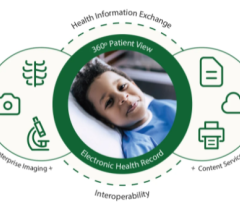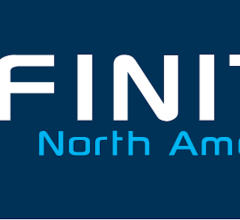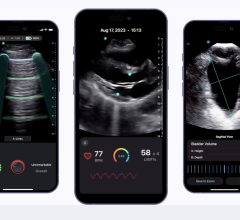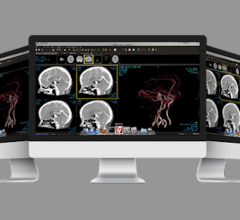
Cristen C. Bolan, Editor
Communication is a scary thing. It divulges information that could be used against you. On the other hand, without it, we would be information silos – a term we often hear when discussing disparate PACS and EHR interoperability.
We all know by now that integrating disparate medical imaging systems is a challenge because there are information silos, and breaking down silos frequently causes an uproar of some sort.
When the American College of Radiology (ACR) and the National Electrical Manufacturers Association (NEMA) formed a committee in 1983 to develop the DICOM standard, their intent was to promote communication of digital image information, regardless of device manufacturer, to interface PACS with the rest the hospital information systems and to build databases accessible by a wide variety of devices distributed geographically. This was pretty visionary at the time, and it was met with hesitation from fears of security breaches and protection of proprietary information. Since then, however, DICOM has been widely adopted in radiology as well as in pathology, internal medicine, veterinary medicine and dentistry.
Here we are twenty years later, trying to connect the disparate medical information systems this time across the U.S. and the thought of using open source architecture to connect the EHR is not met with a loud uproar but with cautious whispers in the medical community. Take open source PACS – its benefits include free or low-cost systems, freedom to choose best-of-breed hardware platforms and software operating systems, plus, it is interoperable – which works well when you’re trying to hook up a nationwide-EHR system. Aren’t radiologists looking for remote access to images, on any type of workstation, including Microsoft Windows, Linux, Macintosh, Pocket PC and Palm PDA?
Open source has already taken off in consumer products with Linux and other kinds of open-source software popping up in a host of devices and technologies – from TiVo to cell phones. We learn in this issue’s article EMR Proves Profitable for Multispecialty Practices that one of the biggest upfront costs when implementing EHR is licensing software to interface systems. According to a new report by the California HealthCare Foundation, open-source software will lower the cost of health IT and help physicians share information. With the pressures on healthcare to cut costs, how can you argue with that?
Some arguments against open architecture are that it could run the risk of security breaches, it could have performance issues and there are questions surrounding protection of patient identification. The quick answer to these concerns is to look to your online banking system – security breaches are handled through encryption and firewalls. As for performance, one of the benefits of open-source coding is that programmers enhance the program. And a universal patient identifier could address the patient I.D. issue. Still, there are semantics, or more specifically, ontology-based integration of medical coding systems – that’s more than a mouthful for most programmers to chew on. But should it stop interoperability?
What the medical industry needs to accept is that both proprietary and open-source providers will play critical roles in the auspicious task of building the EHR – whether they want to talk about it or not. After all, who would have thought that Windows would one day be running on a Mac?


 June 28, 2024
June 28, 2024 








